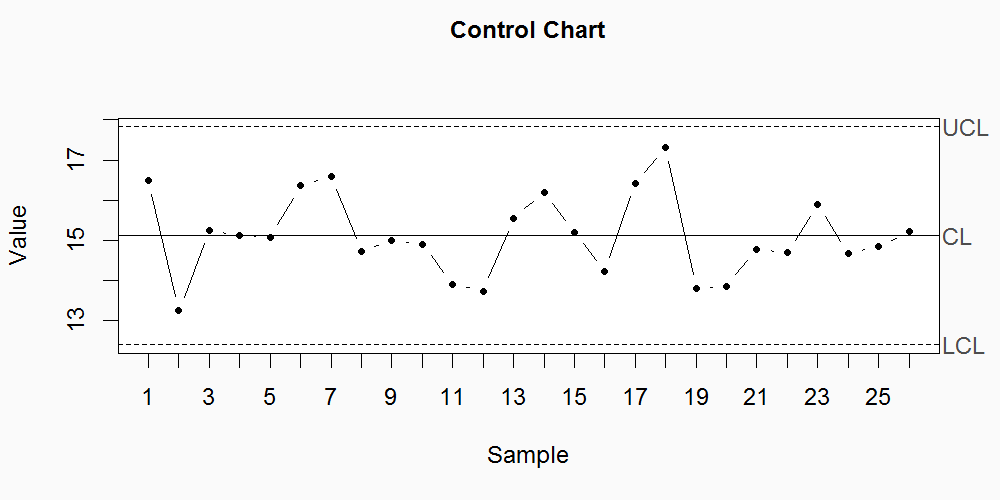In 1980, the American Society for Quality (ASQ) republished Walter Shewhart’s seminal book Economic Control of Quality of Manufactured Product as a 50th anniversary edition. In his Dedication to this commemorative issue, W. Edwards Deming wrote: “There was never before greater need for statistical methods in industry and in research.” I’d say the same today, after almost 40 years.
In the past decade, the US Food Drug Administration (FDA) and regulatory bodies in other countries have published a number of guidance documents for the industry to encourage the use of statistical methods and sound science. For example, Process Validation: General Principles and Practices provides a three-stage framework for implementing process validation (PV) using the principles of Statistical Process Control (SPC): Process Design, Process Qualification, and Continued Process Verification (CPV).
The life sciences industry is increasingly embracing the concept and practice of SPC to improve the quality, safety, and cost of pharmaceutical and other medical products. The progress remains slow. As a practitioner and consultant in statistical methods, I have seen the challenges facing many organizations. Here are a few examples of incorrect or ineffective use of control charts.
- Retrospective analysis of what went wrong. Often control charts are used as a tool for root cause analysis. While the analysis can provide useful insight and lessons learned, not much can be done for things that happened months or years ago. The right evidence and knowledge were long gone, and the opportunity to understand the true cause and/or make a positive impact was lost.
- Updating control limits with every new observation. This happens when a control chart is made using software. It is easy to do but is neither correct nor necessary. If the control limits represent the true inherent variation of the process, they should not change unless for an assignable reason.
- Poor measurement systems. The observed variation comes from both the process and the measurements. If the measurement system itself is inadequate, i.e., too much variation compared to the process variation, a control chart of the process will not produce correct signals.
- Used only by specialists. Process operators and other staff are not trained or involved in generating the charts. The data and charts are in the computer and visible to only a few selected members. The rest of the organization are not routinely engaged in understanding process variation.
- Over-reliance on software and rules. Software can quickly and reliably compute data and detect special cause variation using the set rules. But it does not connect observations on the shop floor with the analysis as humans can. It is a missed opportunity for learning, especially when compounded with a lack of broader involvement of the organization.
Effective use of SPC and other scientific methods requires both resources and expertise. But it is achievable with careful planning. If you want to implement or invigorate SPC, I recommend paying attention to the following.
- Get the organization’s commitment from the top. Keep in mind that this capability development is also a culture change in most organizations. It takes time, resources, and long-term commitment to change. Change management is essential.
- Develop deep expertise in quality. SPC cannot be implemented in isolation but is an integral part of quality management. Ineffective use of SPC is often due to lack of understanding of the fundamental theory in quality. Ideally the resource should be an internal/external consultant who has expertise in statistics, science, business, as well as the subject matter.
- Involve the whole organization. A few experts are not sufficient if the rest of the organization does not have a quality mindset. Make sure that everyone (including management) is trained in the basics of quality concepts and tools and understands how they contribute to quality in their daily work. Wherever possible, develop mechanisms to allow them to use the tools or data and create routine dialogues on quality and process improvement.
I hope that with the concerted effort of the life science industry and regulators, by 2030 when the 100th anniversary edition of Shewhart’s book is published, we will see much progress in our industry.
